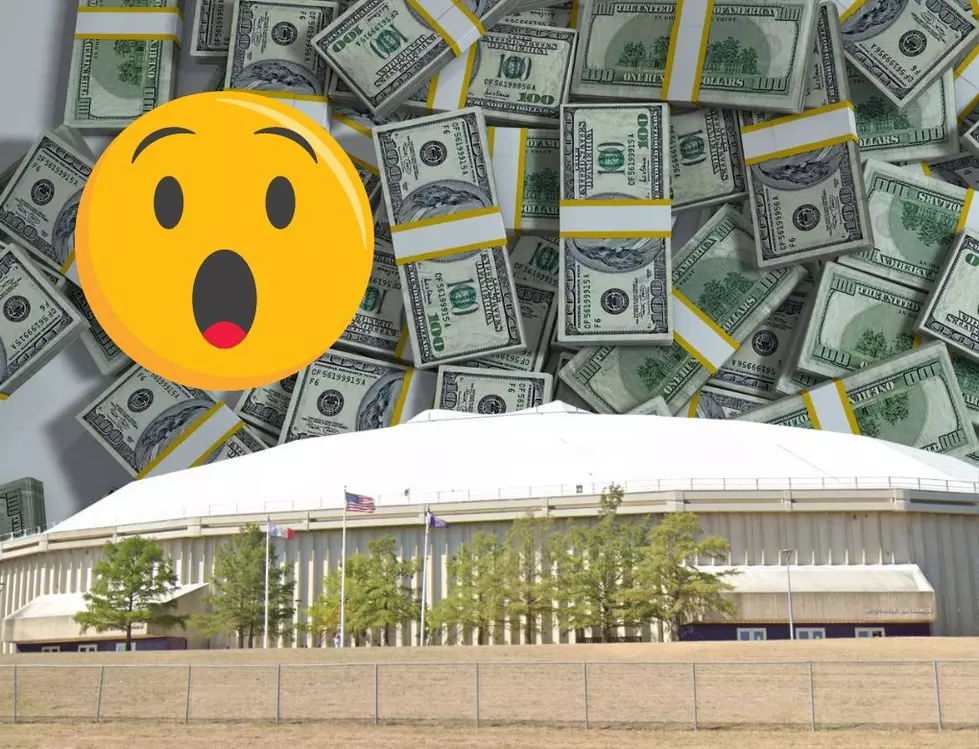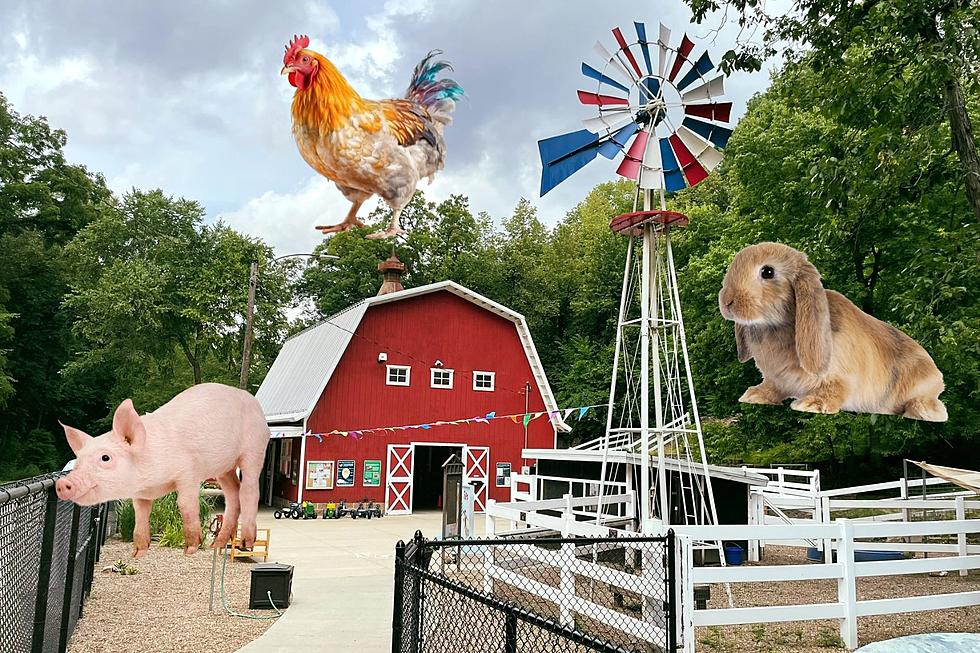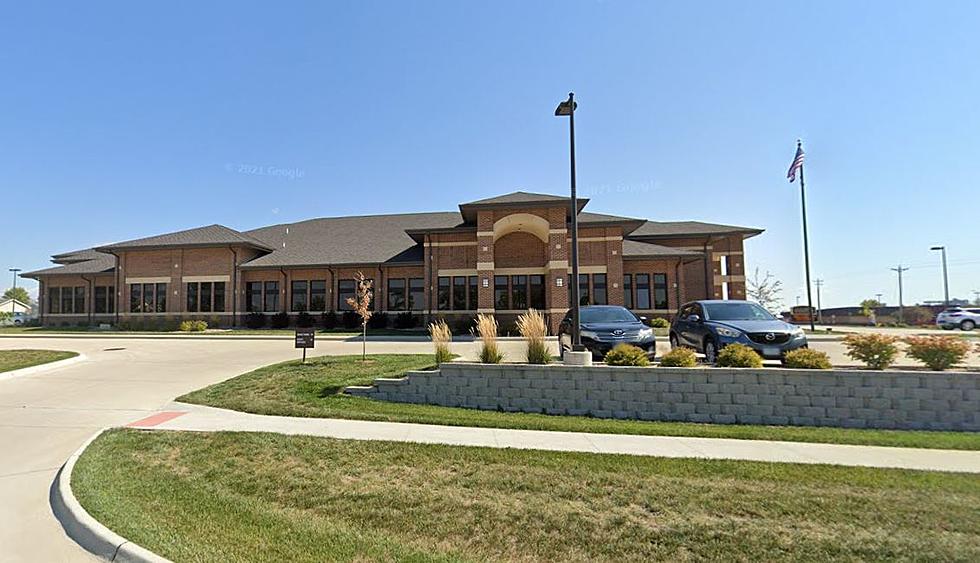
Why Millions Moved Back To Farms In Areas Like Iowa In The 1930’s
It’s not anything new that people that live on the farm and in the city have different lifestyles. Your commute to get groceries, types of jobs, and housing situations change when you move from a rural to an urban situation.

Extension and the USDA held a discussion in the mid-1930s that dove into what people believed the differences to be. Following the discussion, they released a pamphlet that dove into why living in the country was so desirable to people in the city durign this time.
Even back in the 1930s, there was the mindset that your life would be better if you moved away from your current situation. Whether that be moving in or out of town. These groups of people have these thoughts because they are not satisfied with their current situations.
This mindset became especially prevalent, especially after the Depression.
One group looks at the other group as though the greenest grass was on the other side of the fence.
Why was country living desirable to city people in the 1930s?
When times get tough, it's easy to look to the countryside as a place to take refuge. Before the depression, if you asked a person in the city why they would want to move to the country, he may say
Well, we like the idea of getting away from the noisy, dirty, overcrowded streets. We want to go where people have a 3 chance to breathe, a chance to live at a pace that isn't so fast and furious. We want our kids to learn independence and self-reliance, as well as cautiousness and thrift
But this isn’t the only reason to want to move to the country.
Farmers get more satisfaction out of life than other workers. He isn’t working a factory or office job that is just going through the motions, he is making things grow. When the job is done, the farmer is going to feel more connected to the finished product.
Family life means more to people in the country. These families are bigger and they stick together. And at the end of the day, there is always a place to work back on the farm.
The depression saw big shifts in people moving from the city to the country. In 1935, the agricultural census, 2,000,000 more people were living on the farm than five years earlier. These people either came back to the farms they came from or just started their own. This trend created 500,000 more farms in 1935 than there were in 1930.
However, this then reversed as people started turning back to the city.
Farms For Sale In Eastern Iowa
More From K92.3









